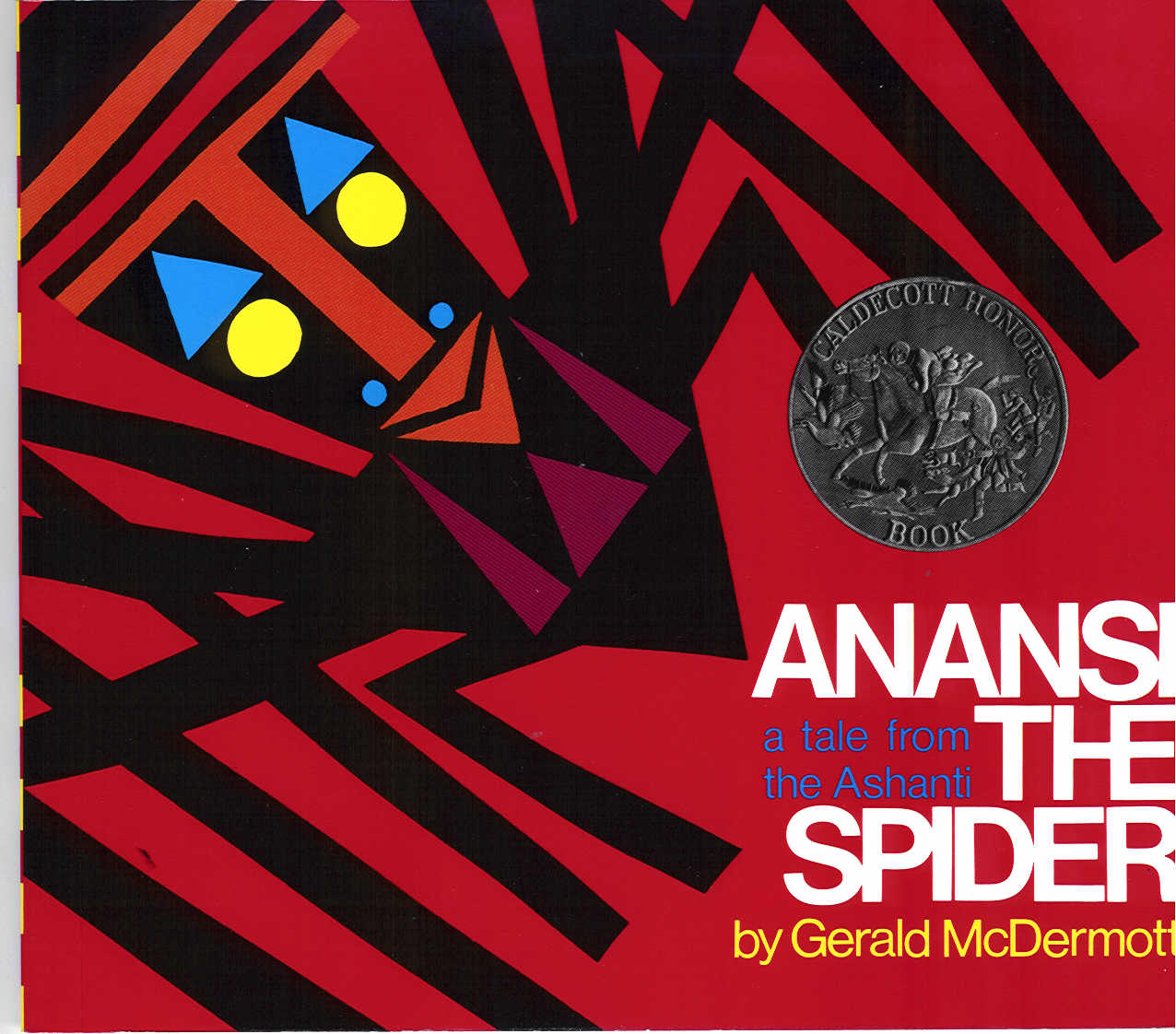 |
| Keep Calm Image taken from: keep calm-o-matic |
Under
the bright lights, with a booming bass, mirror reflections all around, a tint
of chalk floating around the room, and an aroma of the sweat of hard work a
show down was beginning in the gym. The
New Year had just begun and everyone was gearing up to one up one another’s
gains. After all, fitness is clearly
something that you see instantaneous change in, results simply pour in. (Lie)
Paleo
dieters squared off against those who merely clean ate. Their plates transforming at every turn to
see who’s diet was more bearable. The
comparison of do not eat lists was brutal.
Individuals tried to bend the rules and change their diets piece by
piece in order to seem like they had found the key to tummy tuck success.
Cardio
versus cross fit versus weight lifting, cross training, class takers, personal
training, circuit doers, running programs.
All different kinds of workout styles were attempted as our gym goers
searched for the perfect means for change.
All
of these programs worked to serve one goal.
To morph the body into the next best weapon, to get ready for that
upcoming progress picture. Flex Friday
was more than an instagram hashtag, this was war, a battle of the best, an
essential war of the workouts.
Author’s
Note: This week I read The MonkeyKing. My favorite chapter in this story
was called Yang Oerlang. In this chapter the Monkey King is fighting Yang
Oerlang to see who is the better fighter and shifter. As they fight all they are doing is
manipulating their form as they try to one up another to pick the most
effective form for battle. For example,
when one turns into a bird the other will become a hawk, then one will turn to
a fish and the other turns into a fish-hawk, then a water snake and so on and
so forth. I thought this somewhat
related to the ways people will change their workout routines in an effort to
out do someone else. The concept of
changing one’s workout for mere gains is rather dangerous and it should be
emphasized that I by no means promote the implementation of extreme training
shifts or extreme dieting. I advocate
for a clean eating lifestyle and routine physical training. However, it is important to find a workout
that your body enjoys and to stick with it.
Find your form, find what makes you fight best, and stick with it.
Bibliography:
Story-
The Ape Sun Wu Kung
Book-
The Chinese Fairy Book
Author-
R Wilhem
Year-
1921




